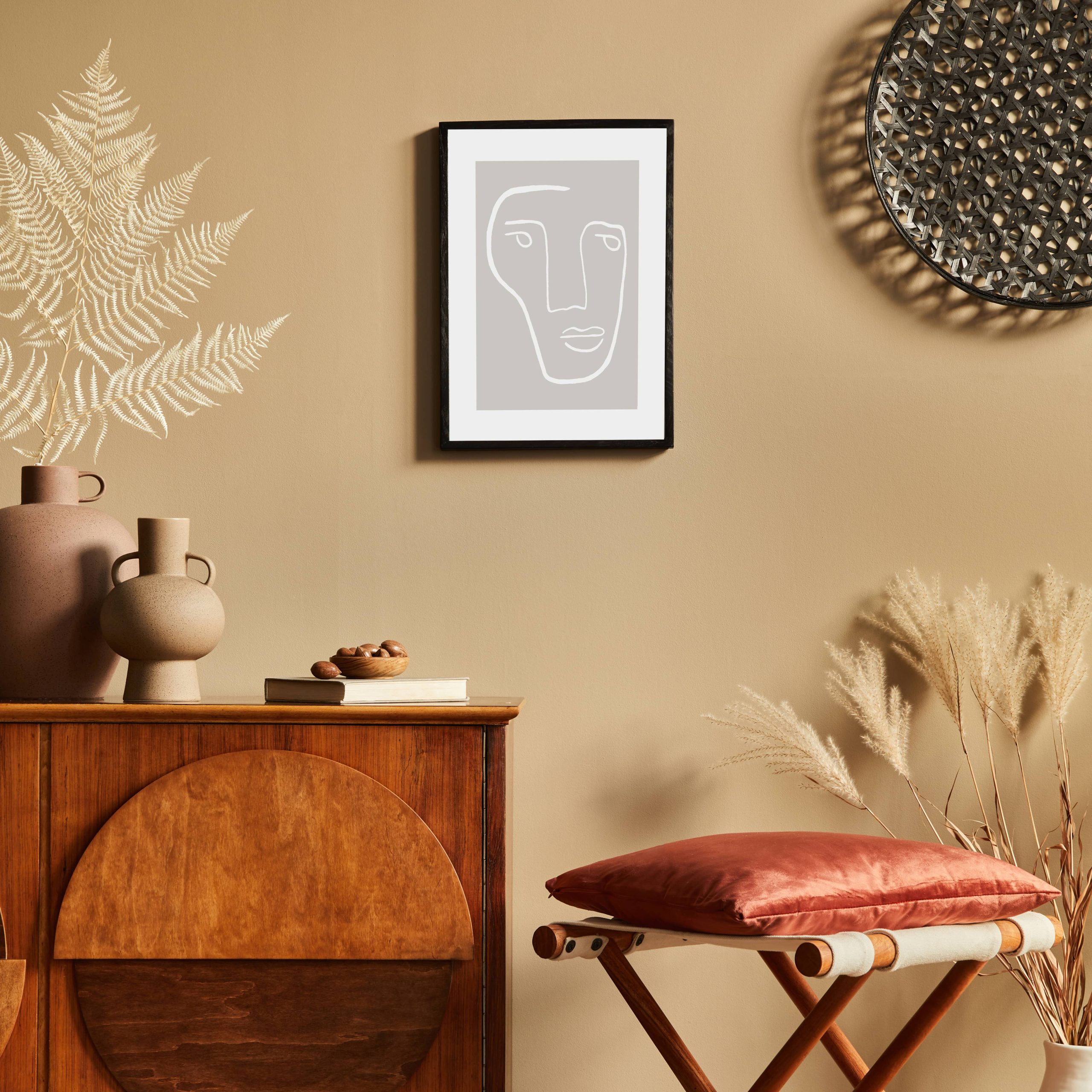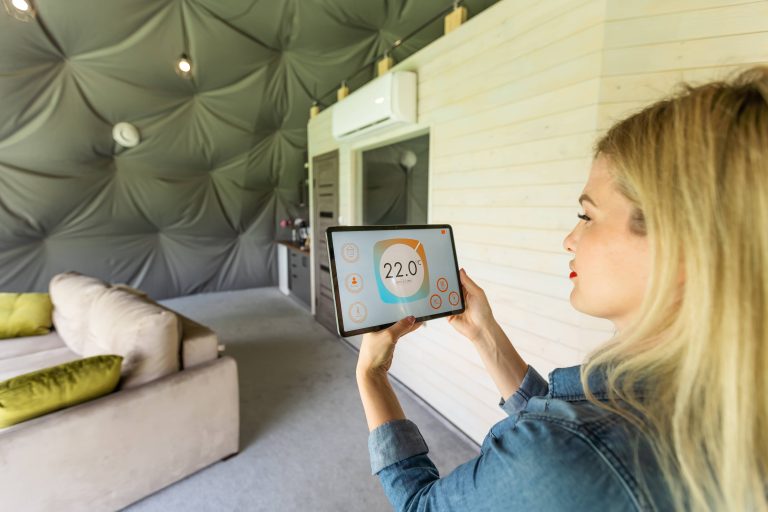
Introduction
When we think of interior design and decor, our minds often drift to color palettes, furniture choices, and art pieces that express our unique styles. While these elements are undeniably essential, one powerful tool is frequently overlooked—lighting. Lighting can dramatically transform a room’s atmosphere and appearance, adding depth, enhancing textures, and even influencing our mood. In this blog post, we’ll delve into how you can use lighting to enhance your decor, making every space in your home a glowing testament to your personal style.
Understanding the Basics
Before diving into specific applications, it’s crucial to understand the core types of lighting and their roles.
1. Ambient Lighting: This is the primary source of illumination in a room, providing general lighting to comfortably navigate the space. It usually comes from ceiling-mounted fixtures, chandeliers, or recessed lighting.
2. Task Lighting: As the name suggests, task lighting is designed to illuminate a specific area where activities such as reading, cooking, or working are performed. Think under-cabinet lights in the kitchen or desk lamps in a study.
3. Accent Lighting: Used to highlight specific features or objects, such as artwork, architectural details, or plants, accent lighting adds depth and dimension to your space.
Balancing these types helps create layers of light that complement your overall decor.
Setting the Mood
Lighting can dramatically affect the mood and functionality of a space. A room with overly bright lights can feel harsh and uncomfortable, while dim lighting can be cozy but impractical. Here’s how to adjust the mood in different areas:
– Living Room: This is where versatility is key. Use dimmable lights to easily transition from bright lighting suitable for gatherings to softer lighting when it’s time to relax. Consider a mix of lighting sources, such as table lamps and floor lamps, to provide flexibility.
– Bedroom: In this sanctuary, softer, warmer lights work best to create a relaxing environment. Install dimmers or opt for lamps with warm-colored shades to soften the ambience.
– Kitchen: Here, bright, focused lighting is essential for safety and efficiency. Use ample overhead lighting and consider under-cabinet lights to illuminate workspaces. Pendants over an island can add style and practical lighting for meal prep.
– Bathroom: Opt for bright, clear lighting around mirrors for grooming tasks. Consider adding softer lights around the tub or shower area to create a spa-like retreat.
Playing with Shadows and Light
Shadow can be as impactful as light in enhancing your decor. By controlling shadows, you can add drama and intrigue to a room. Wall sconces and uplights can create interesting patterns when placed strategically next to plants or textured surfaces.
For accent walls, consider using directional spotlights to highlight specific features like a beautiful piece of artwork or a textured wall finish. This not only draws attention but also adds depth to the room by creating a play of light and shadow.
Utilizing Natural Light
Natural light is a precious decor element. Large windows, skylights, and glass doors work wonders, blending interiors with the outside world in a seamless manner. Here are a few tips on maximizing natural light:
– Use sheer curtains or blinds to allow light in while maintaining privacy.
– Decorate with mirrors to reflect and amplify natural light throughout a room.
– Choose light-colored walls and furnishings to enhance the brightness brought in by natural light.
Utilizing Light Fixtures as Decor
Light fixtures themselves can be works of art and central to your decor aesthetic. From vintage chandeliers to ultra-modern pendant lights, these fixtures can serve as statement pieces in your home.
When choosing light fixtures, consider the following:
– Scale: The size of the fixture should be appropriate for the room. A grand chandelier might dominate a small dining room, while a tiny fixture might get lost in a large living room.
– Style: Ensure the fixture complements your existing decor style, whether it’s rustic, contemporary, or mid-century modern.
– Material and Finish: The finish and material can subtly influence the room’s overall feel, with metals like brass offering a classic look and materials like glass or wood aligning with contemporary styles.
Energy Efficiency and Smart Lighting
While aesthetics are vital, functionality and efficiency should not be neglected. Incorporating LED bulbs can save energy and reduce utility bills without sacrificing light quality. Smart lighting systems offer convenience and versatility, allowing you to control your lights remotely, adjust brightness, and even change colors to suit your mood or occasion.
Conclusion
Lighting is an art form in its own right, crucial for accentuating the beauty of your decor. By thoughtfully incorporating different types of lighting and utilizing both natural and artificial sources, you can elevate any space from ordinary to extraordinary. Remember, the key lies in balance—each room requires its own unique blend of ambient, task, and accent lighting tailored to its purpose and desired atmosphere. In mastering the art of lighting, you’re not just illuminating spaces; you’re highlighting life within your home, enhancing every texture, color, and cherished piece of decor. Whether cozy and intimate or bright and energizing, your lighting choices can breathe life into your home’s decor, allowing your personal style to shine.







